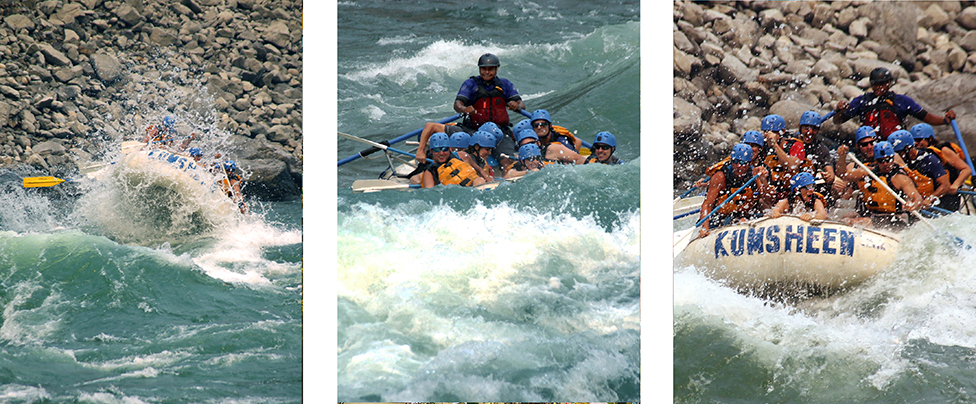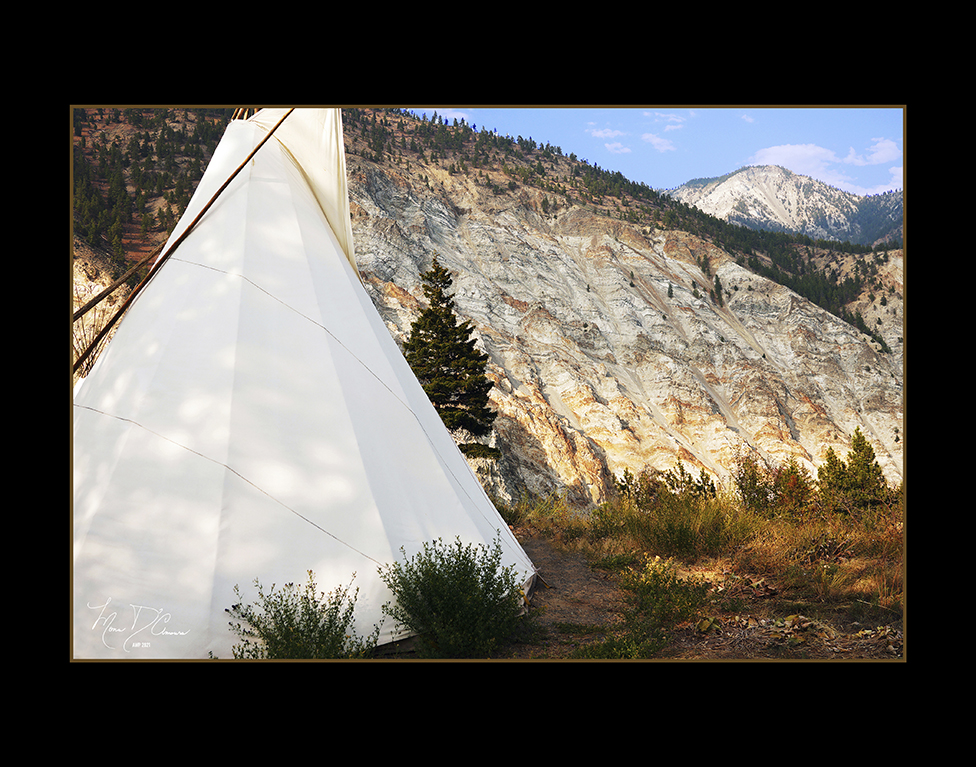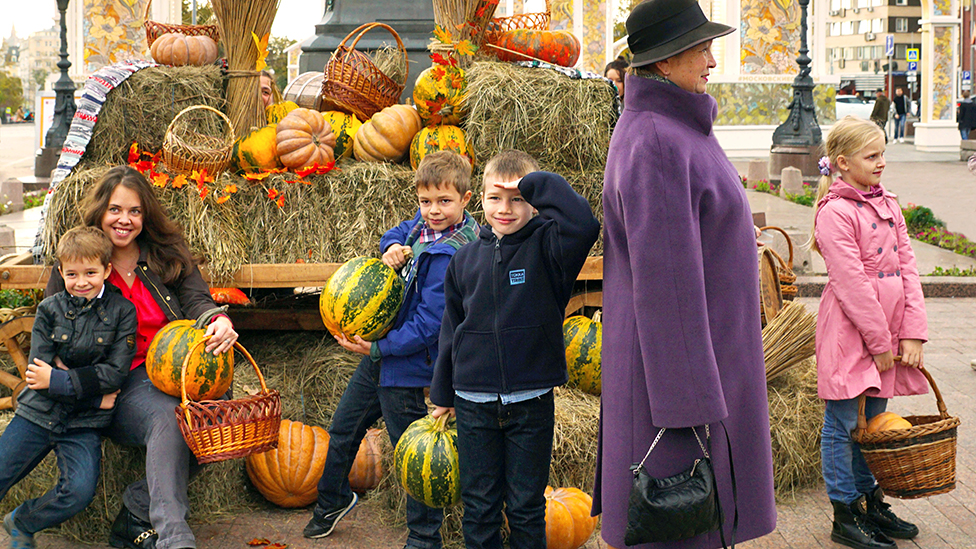Tuesday, September 7, 2021
DON'T BRING YOUR CAMERA
Submitted by Mona D’Amours. Summer is over. Back to school. Lessons to learn. NEVER BRING A CAMERA if you go white water rafting. I survived Class 5 rapids on the Thompson River, BC after our zodiac flipped on the "Frog" August 15, 2021. I was trapped under the boat with no air pocket. The only man beside me who was also caught under the zodiac, but had an air pocket, grabbed my life jacket. We were both swept underwater by the rapids, and ended up 50 metres away from the zodiac. That was the longest 6 seconds of my life. Feeling helpless underwater with rapids swirling in all directions was terrifying even though I was a lifeguard and qualified scuba diver in my youth. My buddy and I held on to our oars, and tried to swim to our zodiac, but couldn’t. The current was too strong. We had no choice, but to succumb to the rapids until we were pulled on board by a motorized zodiac further downstream. Without the rescue, I wouldn’t be here writing this story since I would have been swallowed up by 18 rapids. It was the perfect storm with low water levels exposing more rocks than normal, compounded by the heat wave, drought conditions, and fierce winds that literally flipped the boat upside down, not once, but almost twice.
Fortunately, cameras and cell phones were not allowed since the excursion ended in Lytton, and our bus back to Kumsheen Resort was through the town that was devastated by fire. No pictures were allowed of Lytton to show respect for the families whose lives had also been turned upside down on June 30 as a raging fire raced through the town destroying everything in its path. As we drove slowly, there was a silence in our bus. I remember one sign that struck me “Slow down. Children Playing” with the school in ashes near the sign. Then there was a white arbour untouched with the home beside it reduced to dust, and the church across the street that was gone, but part of the brown fence was still standing. The solemn nature of this experience was etched in my mind without a picture. The moral of this day was RESPECT mother nature, and RESPECT people's privacy without your camera.

A strange twist to this story is that I was offered this excursion for free in exchange for a canvas print of Kumsheen which I had taken the summer before Covid. When I presented it to Andrew, he just stared at it, and said: “It’s so beautiful. The colours. The colours. They’re so rich.” The grounds surrounding Kumsheen were burned one hour after the Lytton fire, but the family business reopened August 8. I knew this area like the back of my hand, and was in Lytton a week before the fire. I didn’t need a picture to remember this experience though Andrew took the pictures of our boat in the rapids after our boat flipped. There have never been any serious injuries or deaths at Kumsheen.

STREET PHOTOGRAPHY
As Fall approaches, some of you may start thinking about travel. If you bring your camera, remember there are countries where street photography is considered intrusive and offensive. I learned that in Istanbul, Turkey when I wanted to take pictures of the men sitting outside in cafés until they stared me down when they saw my camera. My husband stopped me, and reminded that it is not appropriate to take pictures of them. However, some countries welcome street photography. I blended in with the locals when I took a picture during the Halloween festivities in Moscow, Russia. Yes, there is no point of interest in this image, but that's the point. It shows how crowded and busy it was on a Sunday afternoon in Moscow.

PHOTOGRAPHY BAN IN PUBLIC BUILDNGS
There are also countries that ban photography or charge for the privilege to take pictures in museums, churches, or government buildings. I was surprised when I visited the Palace of the Parliament, Bucharest, Romania. Before you walk into the building, you must surrender your passport to security, and check your camera since pictures are forbidden unless you pay an additional professional photo fee of 300 euros. Once clearance is complete which can take an hour for everyone to be processed, receives a sticker, and a guide is assigned to each group of up to 40 people. Security is present throughout the building to ensure everyone stays with the group, and only those with the professional photo badge can take photos.
Similar procedures are followed in the Kremlin, Moscow, Russia, and Chairman Mao Memorial Hall, Beijing, China that I visited during my adventure on the Zarengold Trans-Siberian Express through China, Mongolia, and Russia. This is an adventure for your bucket list.
HIGH RISK PHOTOGRAPHY
There are also high risk locations when “street smarts” are critical. My camera was almost stolen in Argentina, Brazil, and South Africa where extreme poverty is prevalent. Fortunately, my husband is often my body guard, and watches me when I stop to take pictures in public places. Another high risk location is riding the metro in Paris, France. Thieves in action grabbed the wallet from the back pocket of a gentleman minutes before a station stop, jumped off the train, and disappeared without the victim knowing. The man only realized it when we got off the train. He had a wallet with $800 in his back pocket closed by a button. He was part of a tour I was on in Paris. I’ve learned to leave my camera behind in high risk situations, and be more aware of my surroundings. Sony, Nikon, and Cannon bags are prime targets.
Another common hazard of photography when you travel are drownings when you do not understand the dangers of wet rocks, and the threat of waves that surge ashore. Every year, there are dozens of deaths in paradise throughout the world by photographers who carry too much equipment, and stand precariously on the edge of the most scenic views. This can even happen at home. Recently, Garry Johns, died March 16, 2021 in BC with his tripod and camera at Lighthouse Park in West Vancouver after falling 30 feet from a cliff to his death.
Selfies are another common cause of death, especially when capturing those daredevil shots on top of skyscrapers, cliffs, and bridges. According to a global study reported on BBC News in 2018, 259 people died between 2011 and 2017 in the quest for extreme selfies. The deaths were most common in India, Russia, USA, and Pakistan, and 72.5% of those reported were men.
TRAVEL WITHOUT A CAMERA
If you do plan to travel soon, remember that you do not need to bring your camera everywhere every day. In fact, you might leave your camera behind altogether, especially if you are sharing a holiday with someone who wants your attention, and wants to share private moments with you, and only you. I remember a few years ago, I wanted to go to the Maritimes, but my husband didn’t want to go. He wasn’t interested preferring to travel internationally. So he agreed to share three weeks in the Maritime provinces on two conditions, that I do not bring my camera, nor my make-up. I thought he was crazy, but it meant we talked more, held hands more, and after 30 years of marriage at that time, he was happy to see me in the raw with no make-up. We talk about RAW files. What about a RAW holiday without your cameras.
Finally, it is sometimes best to enjoy life without a camera. When we have a camera, we tend to have tunnel vision, and we lose sight of our other senses. We forget to LISTEN to the sounds of the wind, breathe in the SMELL of the sea, feel the TOUCH of a child, TASTE our sticky fingers from eating a gooey dessert. Yes, there are times that are better when you don’t bring your camera. My personal experience is when I visit my five grandchildren, and a sixth on the way. I prefer to hug them, play with them, and talk to them without a camera - most of the time. Then again, I like to capture special moments with slide shows, and pictures that become sentimental Christmas presents. This slide show was one month before the fire to our land this summer in Ashcroft, BC. First Annual Family Awards.
ONCE IN A LIFETIME ADVENTURE – ALWAYS BRING YOUR CAMERA
Of course, there are times when you must bring your camera. I never seemed to stop taking pictures on my expedition to Antarctica, South Georgia, and the Falkland Islands, my last adventure before COVID. These are some of the images I captured of my Poseidon Expedition.

Happy Travels in a world that is so beautiful with or without your camera.
Submission by Mona D’Amours, National Blog Chair who has travelled to all the continents of the world, married for 42 years with 5 grandchildren, and one on the way. She is also a third generation photographer. Her grandfather was a photojournalist, and her uncle was a portrait photographer. Discover more about Mona, PPOC accredited member on her website https://www.monadamoursawp.ca




